Visual Effects are a big part of the modern film industry. Some would argue that it is the most essential part of today’s era of cinema. An avid cinema lover notices when the visual effects are done well in a film, and many great movies have been made better by the addition of visual effects. It’s hard to imagine how movies could be made without VFX. However, the importance of a VFX extends far beyond the silver screen. From the news to television to advertisements, most of the media we consume is touched by VFX.
Moreover, the VFX industry is in constant flux, with new trends and innovations continually reshaping best practices. AI and machine learning are making waves, automating tasks that were previously time-consuming and prone to error. Virtual production techniques, which blend real and digital environments, are becoming more prevalent, offering unprecedented creative freedom. Additionally, environmental considerations are now part of the conversation, with sustainable practices being integrated into VFX workflow.
The idea of visual effects may seem like a “magic trick” to the general public. An educated audience may think it’s the VFX software that plays a huge role. But in reality, a Visual Effects Pipeline is the most important aspect of the entire process. Many people may not realize its impact on the final results, but this is what makes or breaks a good shot. VFX Pipeline has come a long way from its early days and has evolved into an art form of its own. Let’s take a look at some of the VFX workflow best practices.
There are three key things to keep in mind when it comes to how visual effects are done: the importance of the VFX Production Pipeline, the need to communicate, and the importance of staying organized.
Why is the VFX Production Pipeline so important?
The VFX pipeline is critical for any visual effects shot. Whether you’re a 3D artist who creates digital characters, 3D animation, 3D elements or complex effects for a tv show, movie, or video game, or the VFX supervisor who oversees the team that creates such effects, you know that the VFX pipeline is the backbone of your project. This pipeline, or chain of processes, includes the steps you or your team will take to bring an effect to life, from planning to production to post-production and final delivery.
The Visual Effects pipeline is vital for three main reasons:
- It ensures that there is always someone watching the project. When things go wrong, someone can pull the trigger and fix it before it becomes a severe issue.
- It prevents major issues during production and post. A pipeline can ensure that work is continuously moving, even during breakdowns.
- It ensures that deadlines are met. If visual effects aren’t being worked on, then deadlines will be missed, and ultimately, the film will not be done on time.
How does the VFX Pipeline work?
The VFX Pipeline demands teamwork. It is a system of interrelated technical and creative steps designed to complete the pre-production to post-production aspects of visual effects (VFX) for films, television programs, and video games. It takes everyone’s effort to create a striking, seamless, and invisible visual effect.
The workflow for visual effects can be somewhat compartmentalized, but at its core, these are the key stages of production.
- The Pre – Production Stage starts with brainstorming story ideas, prototypes, and Pre – Visualizations to show how each piece of art or animation will be used before work begins on the job and changes are made as necessary.
- The production team shoots source content in the presence of the VFX supervisors with all the available planning in his hand and notes down all the data that will be required in the post-production stages; lighting references, set measurements, clean plates, motion capture, etc.
- In the post-production stage, the visual effects team and supervisors create final VFX shots by compositing all the concept and semi-finished work in the pre-production stage, and all the data collected in the production phase. And then color grading is done for all the sequences for the final touch.
You can check out this article here and also click on the image below, for a more elaborate and in-depth explanation about how the VFX production pipeline works and the processes that are part of it.

Like all processes, the pipeline workflows must be constantly changed and updated to stay relevant and competitive with new breakout technologies. New tools, software, and methods keep emerging to help artists do their job better. To work effectively in a constantly changing environment, artists must be flexible and continuously adapt. They need to stay organized and up to date with the relevant software and tools.
For VFX Studios, it allows them to find the biggest cost-cutting techniques, which help them get the work done more profitably within the client budgets, meet the client demands faster, and have a scalable VFX pipeline. A pipeline TD’s expertise plays a significant role in this.
Why is communication important in VFX workflow best practices?
When a VFX Studio works on a particular film or series, it must do a lot of heavy lifting with both artistic and technical elements. They must connect with various artists such as animators, lighting artists, modelers, compositors, colorists, and editors. They must also provide creative guidance to the on-location production team, director, and storyboard artists, with a strong understanding of what everyone is working on and how it will play out.
Communication can be especially challenging in an interdependent creative environment. To create a strong collaboration among each other, each team member must know the other person’s work and the goals of that team. The ultimate goal of the VFX Pipeline is to reduce the number of unknowns so that you have a solid plan for how you’ll execute your tasks.
Moreover, communication also helps people see the bigger picture. When the VFX Supervisor knows the entire path from beginning to end and the work everyone has to do on a given film, he or she can clearly and easily communicate with other departments like CG, Live Action, Special Effects, and so forth. This opens up the door to win-win collaboration and helps keep the work moving forward.
Despite VFX workflow best practices, challenges are inevitable. Budget constraints and tight schedules put pressure on teams, requiring innovative solutions to deliver high-quality work on time. Technical issues, from software glitches to hardware limitations, can disrupt workflows, making troubleshooting skills essential. Managing client expectations is also critical, with clear communication and realistic project timelines helping to align visions and deliverables.
How can we stay organized?
Most of the larger projects or any complicated projects require various disciplines from all over the company working closely together, so being organized is the best way to handle all the different jobs. In our VFX Studio, there are many clients to coordinate, lots of revisions to meet deadlines, a production schedule to adhere to, and a production schedule to follow. Any communication breakdown can be costly, cause delays and errors.
So it’s crucial to have proper tools and systems in place. It’s not so much that good systems are challenging to get right (though they can be!), but it’s more important that you don’t have to backtrack multiple times during a project and need to make sure things are running smoothly. There have been times when teams end up with only four or five VFX shots in a project because of backtracking, which is inefficient and cumbersome.
It’s essential for the VFX Supervisor to know the workflow, tools, software, and processes that are in place in the VFX pipeline and for the VFX Artist to know the tools and how they will use them in the pipeline. This allows the VFX Supervisor to facilitate a unified workflow of common assets and reactions. This will streamline a project’s production workflow and increase efficiency in the creative process.
Conclusion
Adhering to VFX workflow best practices is essential for any VFX project’s success. These guidelines not only ensure technical excellence but also foster creativity and innovation. Customizing workflows to fit the unique requirements of each project, while keeping an eye on future developments, is key to staying ahead in the ever-evolving field of VFX.
Hence the importance of a VFX production pipeline cannot be overstated. If your pipeline is not configured to optimize efficiency, it quickly becomes a bottleneck for the entire process and quickly becomes a mess. Long-term consequences generally lead to turning down projects, which would eventually make a studio go out of business.
We understood this right from the start, and hence as a VFX studio, we created and strived to keep our VFX pipeline at FXiation Digitals to be flexible, streamlined, scalable, and allow for quick problem-solving. So no matter what kind of complexity your next project calls for, we are very much equipped to deal with it effectively. You can reach out to our team through this link over here.
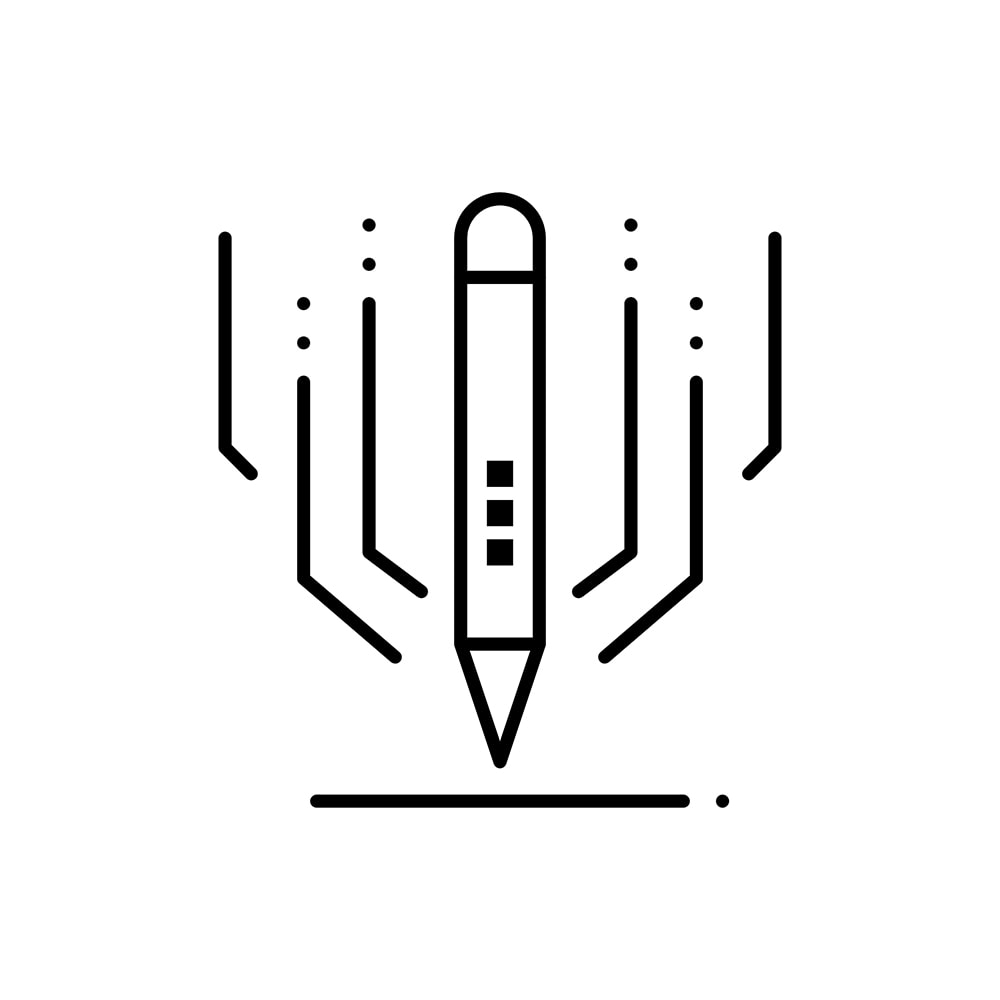

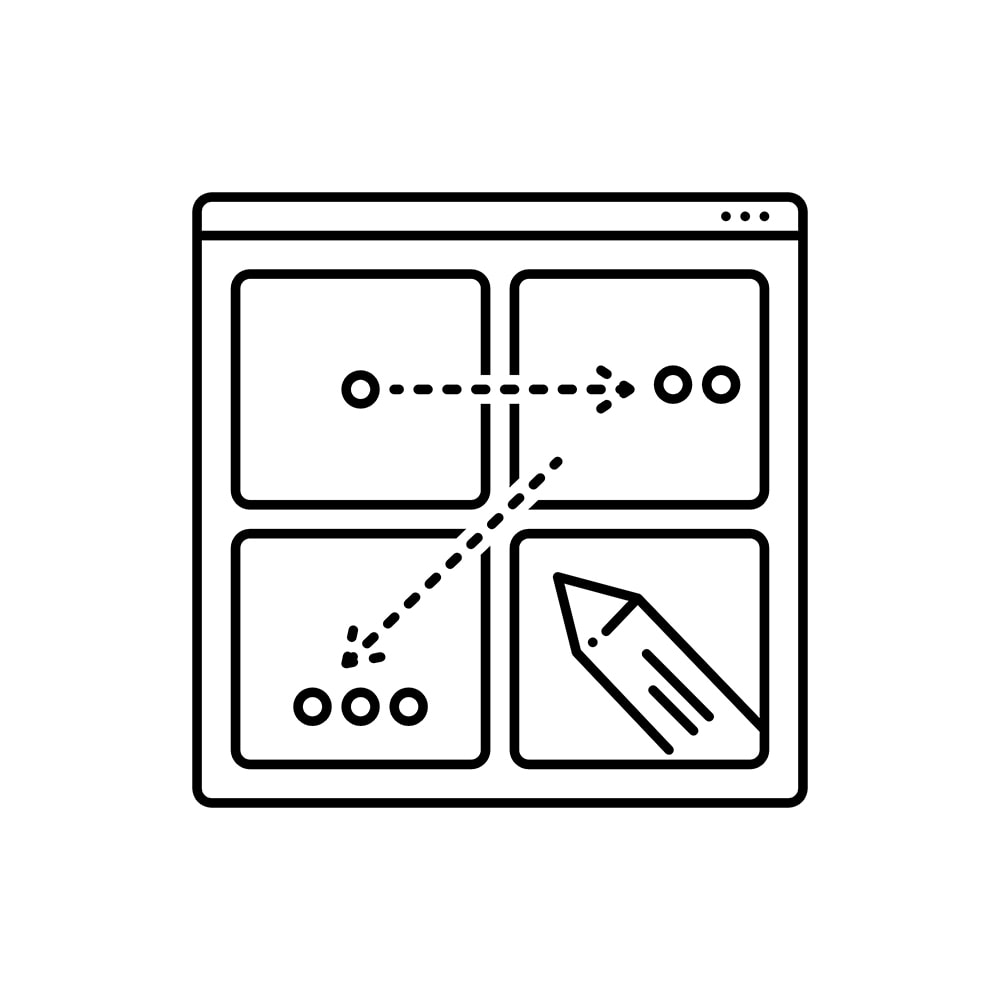
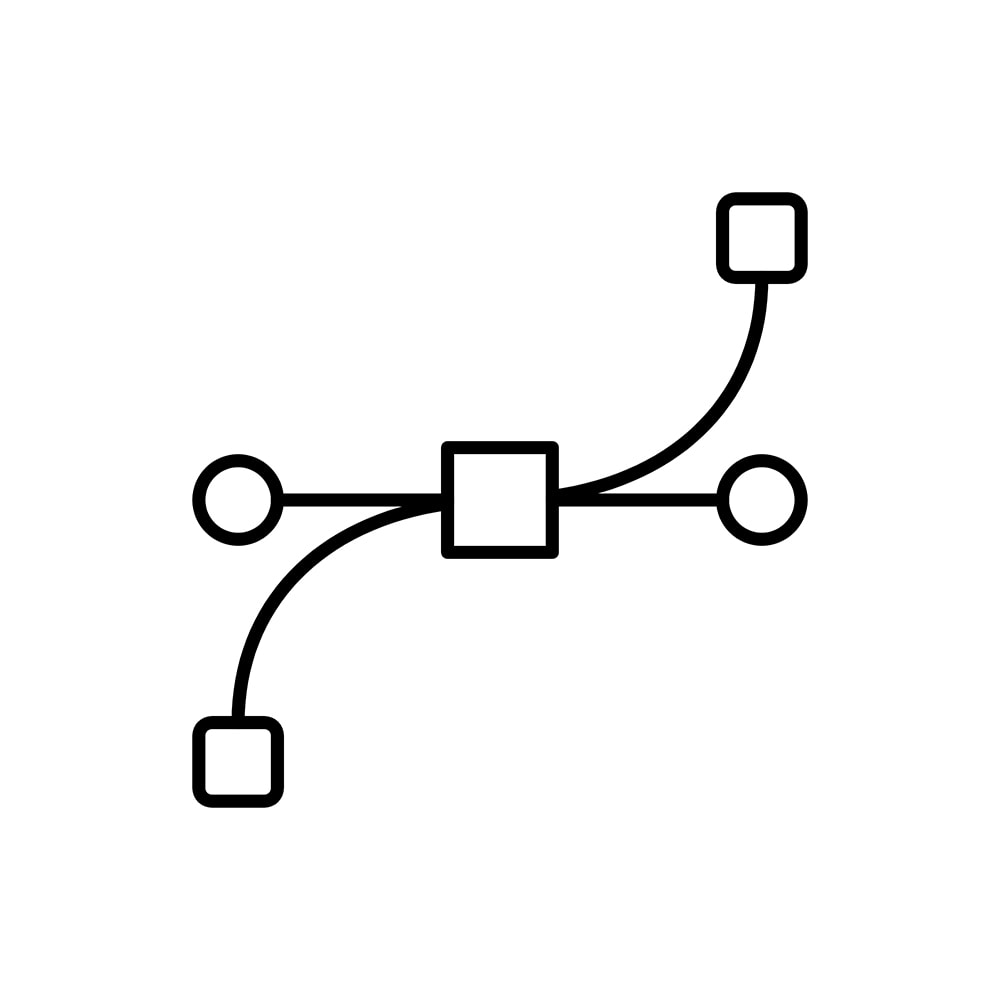


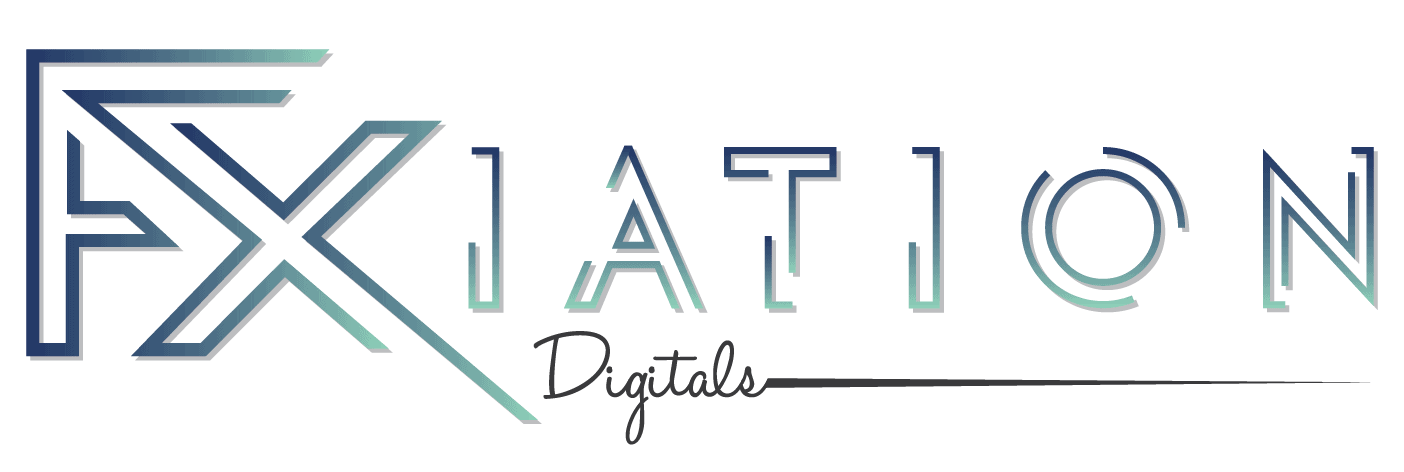

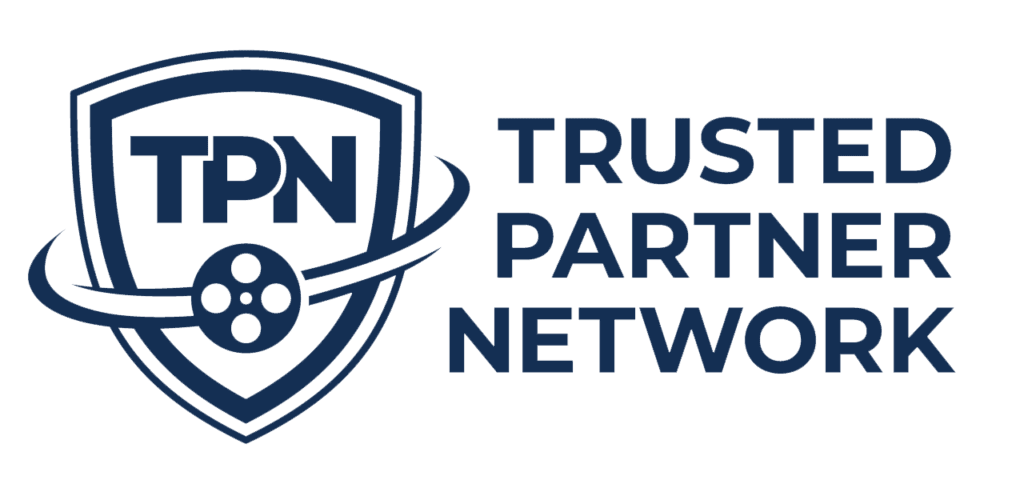
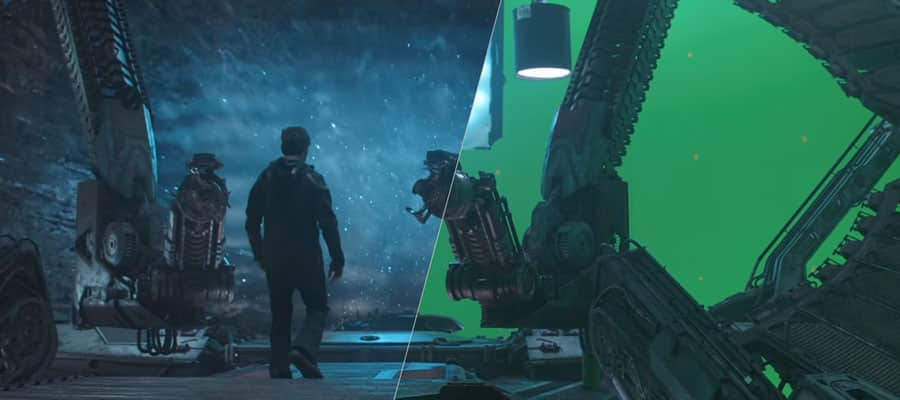

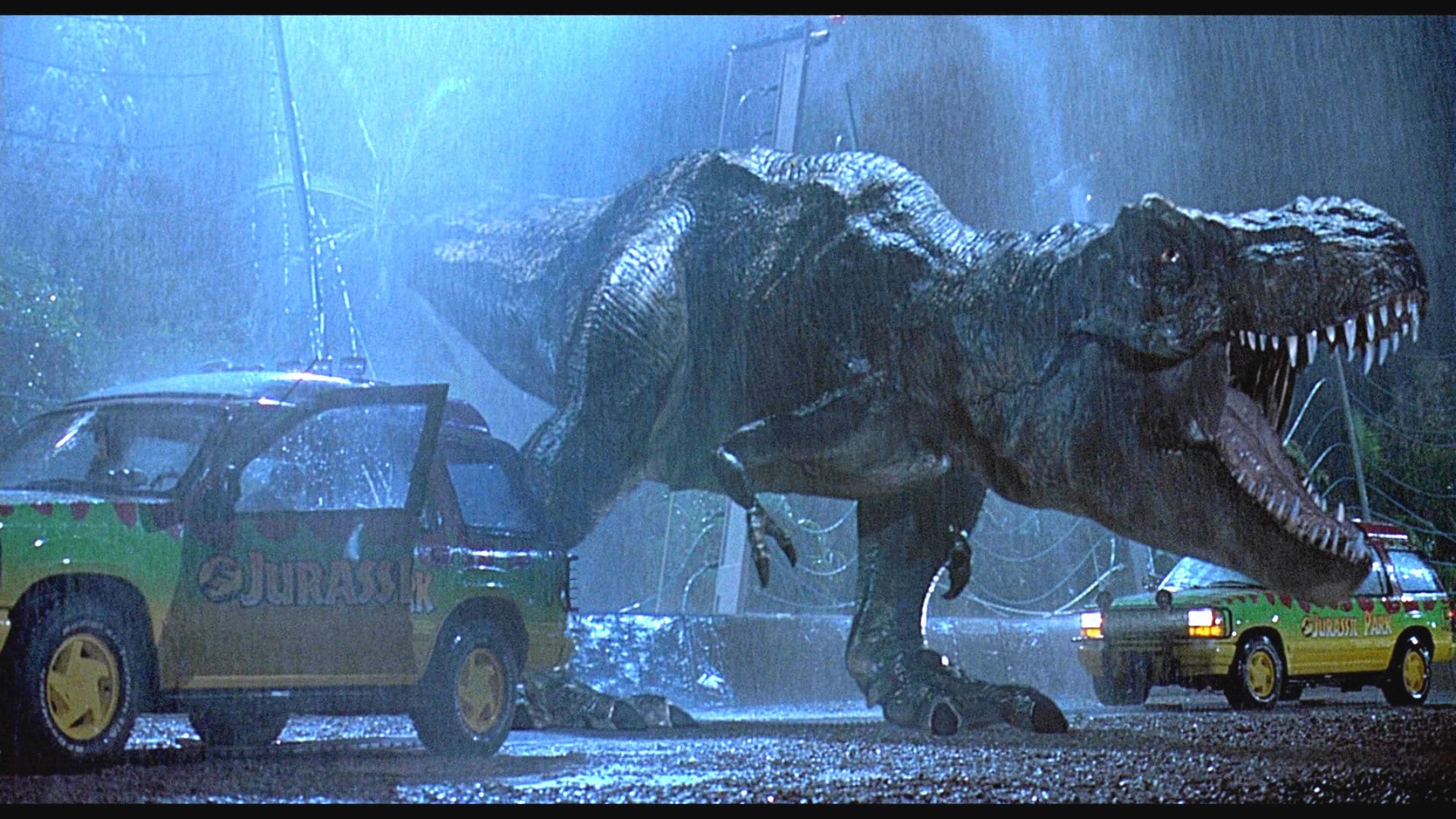
1 thought on “Why is VFX Pipeline Important? A look at VFX workflow best practices.”